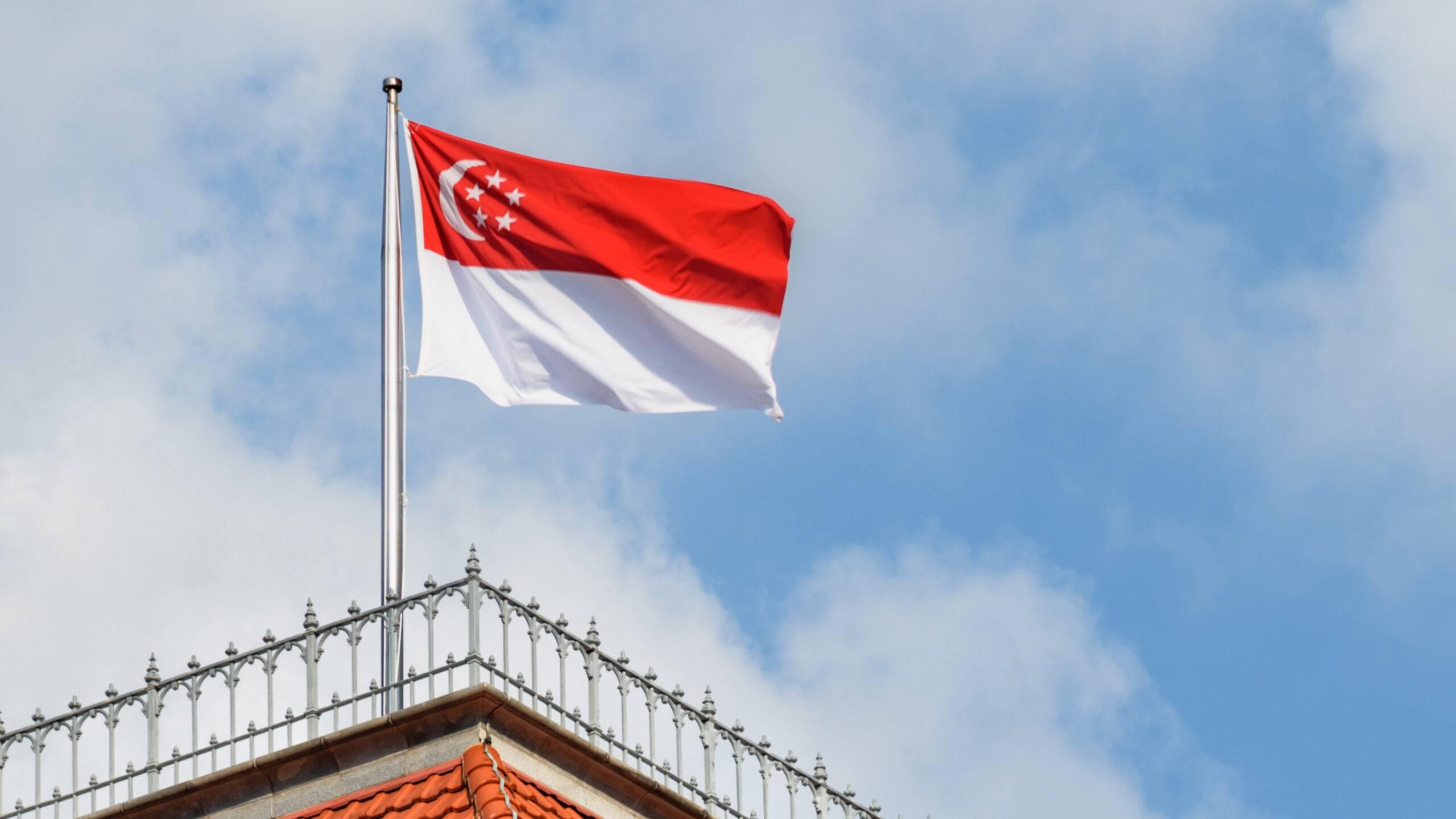The Singapore Political System
August 22, 2023

The Singapore political system traces its roots to the Westminster model inherited from the United Kingdom. Despite this legacy, the innovations and adjustments to it since its adoption have made the Singapore political system of today somewhat distinct. The first of these innovations is the introduction of the Non-Constituency Member of Parliament (NCMP) scheme on 22 August 1984.
This system and its innovations—particularly regarding its Legislature—are explored in the third chapter of Associate Professor Bilveer Singh’s (NUS Political Science & S. Rajaratnam School of International Studies) book, Is the People’s Action Party Here to Stay? (World Scientific, 2019), entitled ‘The Singapore Political System’.
Westminster parliamentary systems typically include an Executive (the Cabinet) whose members are drawn from the Legislature (the Parliament). There is also a head of state (e.g., the President) which is separate from the head of government (the Prime Minister). In terms of elections, single members are elected per constituency to the Legislature.
The first innovation, the NCMP (Non-constituency Member of Parliament) scheme, allows the best-performing losing candidates from opposition parties to enter Parliament as NCMPs. They differ from regular Members of Parliament in the range of issues for which they can vote. The People’s Action Party (PAP) government introduced this measure in recognition of the heightened public demand for oppositional voices in Parliament while acknowledging the relative electoral weakness of opposition parties.
The Nominated Member of Parliament (NMP) scheme allows experts and community leaders with distinguished public service to be appointed as NMPs with limited voting rights. This sought to include the opinions of experts in parliamentary debates, even if these experts are unwilling to formally stand for election to political office.
The Group Representative Constituency (GRC) system was introduced to guarantee minority representation in Parliament. Under this system, teams of 3–6 candidates would stand for election in one constituency. Each team would need at least one member to be of a minority ethnic group to stand for election. Voters could only choose to accept or reject whole teams of candidates, not each candidate individually.
The Elected Presidency (EP) was introduced to allow the people to elect a President who could act to safeguard its national reserves.
While these innovations respond to specific needs in the Singapore political system, A/P Singh points out that they are nonetheless controversial for their potential to entrench the power of the ruling party. The NCMP and NMP schemes are criticised as dampening the electoral demand for an elected opposition and supply of qualified persons standing for election with opposition political parties, respectively. The GRC system, which benefits larger parties, tends to favour the large incumbent PAP compared to its smaller opponents in the opposition in elections. Finally, the EP—with its control over the national treasury—is controversial for the impression of its instrumentation by the PAP as a safeguard against the possibility of an opposition takeover of Parliament and the Cabinet.
Read the chapter, with a fuller elucidation of these four innovations, their evolutions, rationales, and controversies here: https://www.worldscientific.com/doi/10.1142/9789811200106_0003
